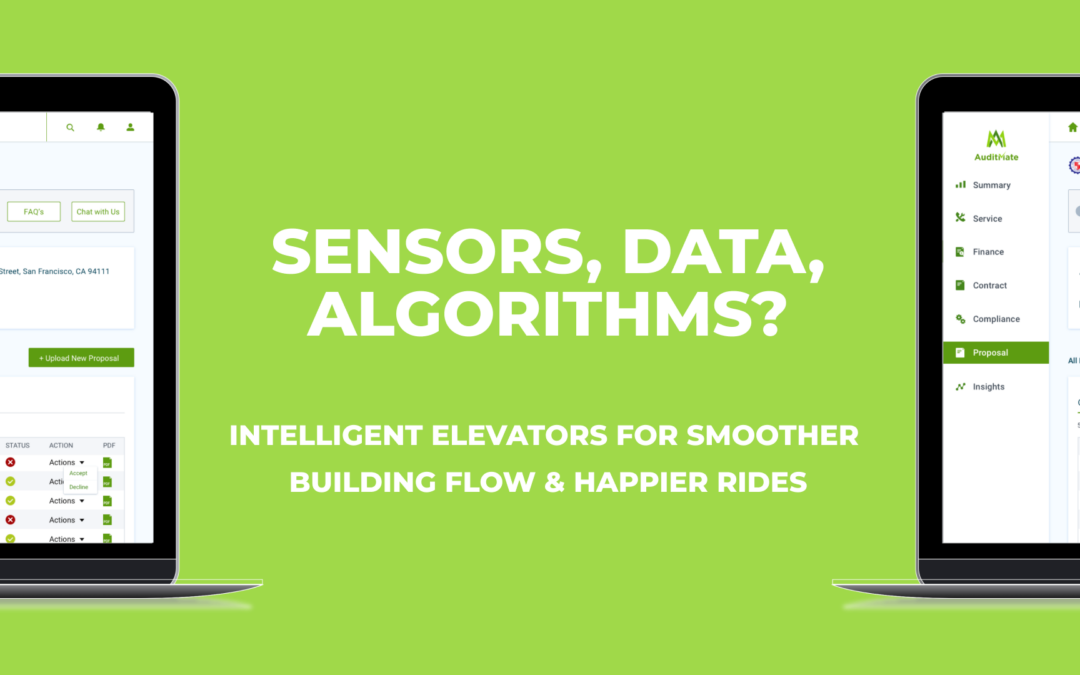Smart Elevators: Revolutionizing Building Transportation
Elevators were just designed to get you from point A to point B? Those days are long gone. The integration of high-tech features like AI and IoT sensors has elevated standard lifts into sophisticated smart elevators that are truly transforming how people travel in modern buildings. But how did this evolution happen, and what does the future hold for ever-smarter systems? Let’s step into the world of smart elevators.
From Steam to Electric to Intelligent
Early elevators relied on manual pulleys or steam engines to haul goods and people up and down. But the advent of electric traction systems revolutionized everything, enabling rapid lifts that catalyzed the skyscraper boom. Of course, computerization is what really sparked the smart revolution. Instead of just moving vertically, networked systems now efficiently coordinate entire transit ecosystems.
The Power of Connectivity and Data
Today’s smart elevators are all about that data. By continually sharing usage metrics and diagnostics over the cloud, they can optimize traffic and maintenance in real-time. Busy lobbies and long waits are minimized through proactive cabin deployment. And when congestion strikes, empty cars are summoned to boost capacity. Predictive maintenance taps data analytics to get ahead of breakdowns before they occur.
Biometrics, Mobile Apps, and Accessibility
Smart elevators also aim to provide a smoother user experience. Biometric security options simplify access control. Mobile apps enable touchless calling and destination pre-selection. And voice control integration enhances accessibility for all users. While smart systems have higher upfront costs, their efficiency and predictive capabilities provide long-term savings and value over older equipment.
The Exciting Promise of Autonomy
What might the future look like for smart elevators? Truly autonomous operation could be a game-changer. Instead of relying on preset algorithms, video analytics and machine learning may soon allow cars to tailor decisions based on real-time conditions. Imagine units seamlessly deploying themselves wherever needed without any human input required.
Next-Gen Immersion and Connectivity
Emerging technologies will likely advance smart elevators even further. Virtual and augmented reality could provide visually immersive cab experiences. 5G connectivity enables exponentially faster data rates for quick-twitch coordination. And video interfaces may fully replace routine button pushing and touchscreens. The possibilities are endless.
Audits Keep Things Humming
But to maximize operational efficiency and safety, regular audits are essential. AuditMate’s comprehensive elevator auditing software analyzes maintenance records, contract adherence, inspection results, and traffic analytics. This oversight prevents issues from slipping through the cracks and provides the data insights needed to boost performance. Because even the smartest tech benefits from quality assurance and human guidance.
It’s About the Experience, Not Just the Ride
With ever-advancing technology, it’s easy to focus on efficiency metrics as the benchmark for elevator success. But an ideal smart system also excels at customer experience. That means not just transporting people safely, but crafting an enjoyable journey that delights the senses. Perhaps an immersive projection or charming AI assistant makes the brief ride more fun. Those personalized touches matter.
Smart Elevators – Linking People in Soaring Structures
As buildings continue to reach higher, smart elevators will play an integral role. And while technical capabilities are important, they should connect occupants through shared experiences, not isolate them. With the right innovations and ongoing performance audits, smart elevators can do just that – seamlessly linking people and spaces in spectacular structures of the future.

Frequently Asked Questions | AuditMate
FAQs
What are some key features of smart elevators?
Some main capabilities include AI optimization, predictive maintenance, touchless controls, destination dispatch, energy efficiency, security integrations, analytics, and mobile app connectivity.
How has technology evolved modern elevators?
Early electric traction lifts enabled skyscrapers. Now, computerization and features like smart dispatching, biometrics, and predictive maintenance further enhance speed, safety and accessibility.
What future technologies may shape smart elevators?
Autonomous operation via AI, virtual/augmented reality, faster connectivity, and video interfaces will likely influence future smart elevator tech.
How can audits improve smart elevator performance?
Regular audits by companies like AuditMate analyze maintenance, safety, contract, and traffic data to maximize efficiency and prevent issues.
How might the rider experience evolve in smart elevators?
With greater personalization via immersive interfaces, voice assistants, etc., future smart elevator rides could become more engaging and customized.

